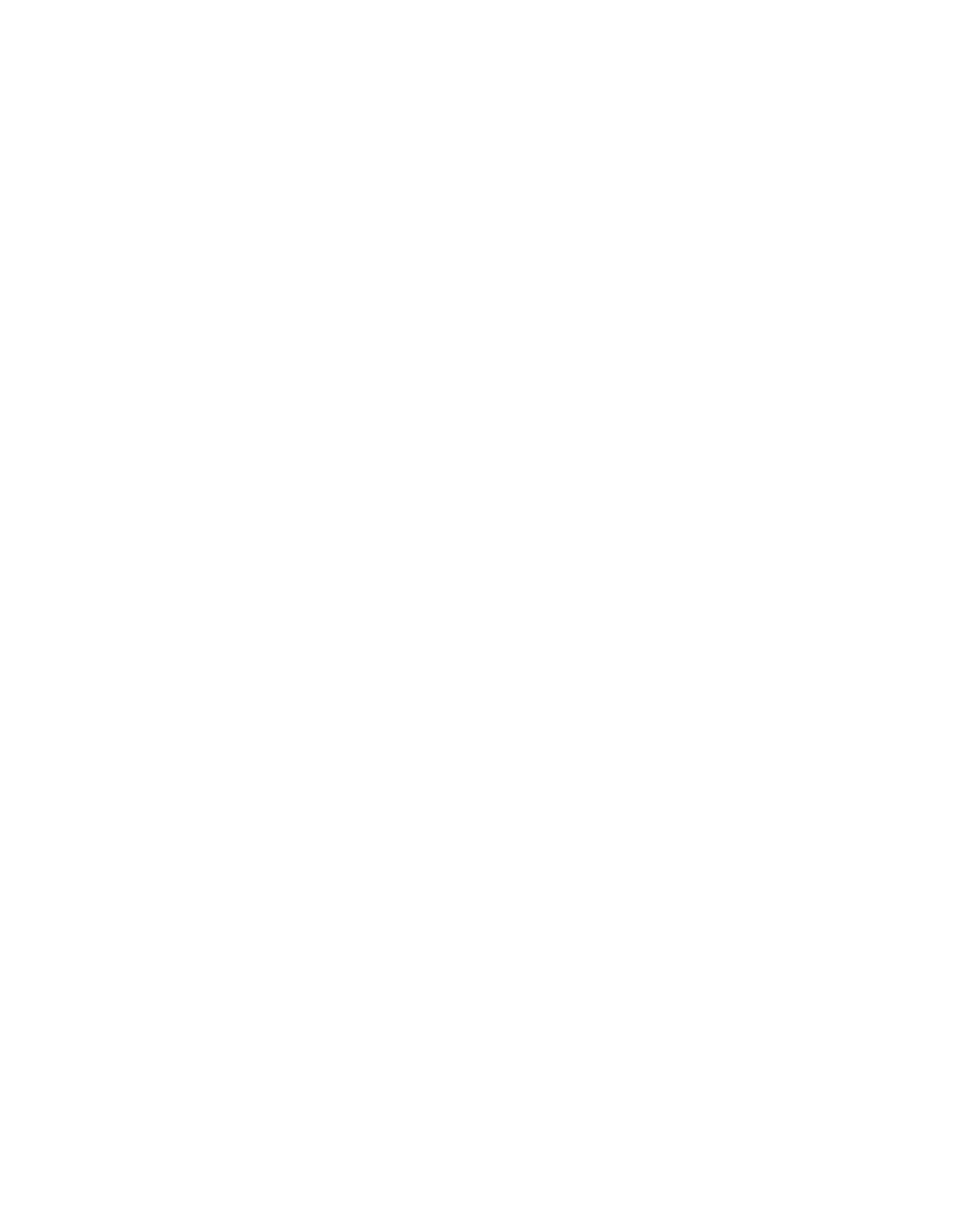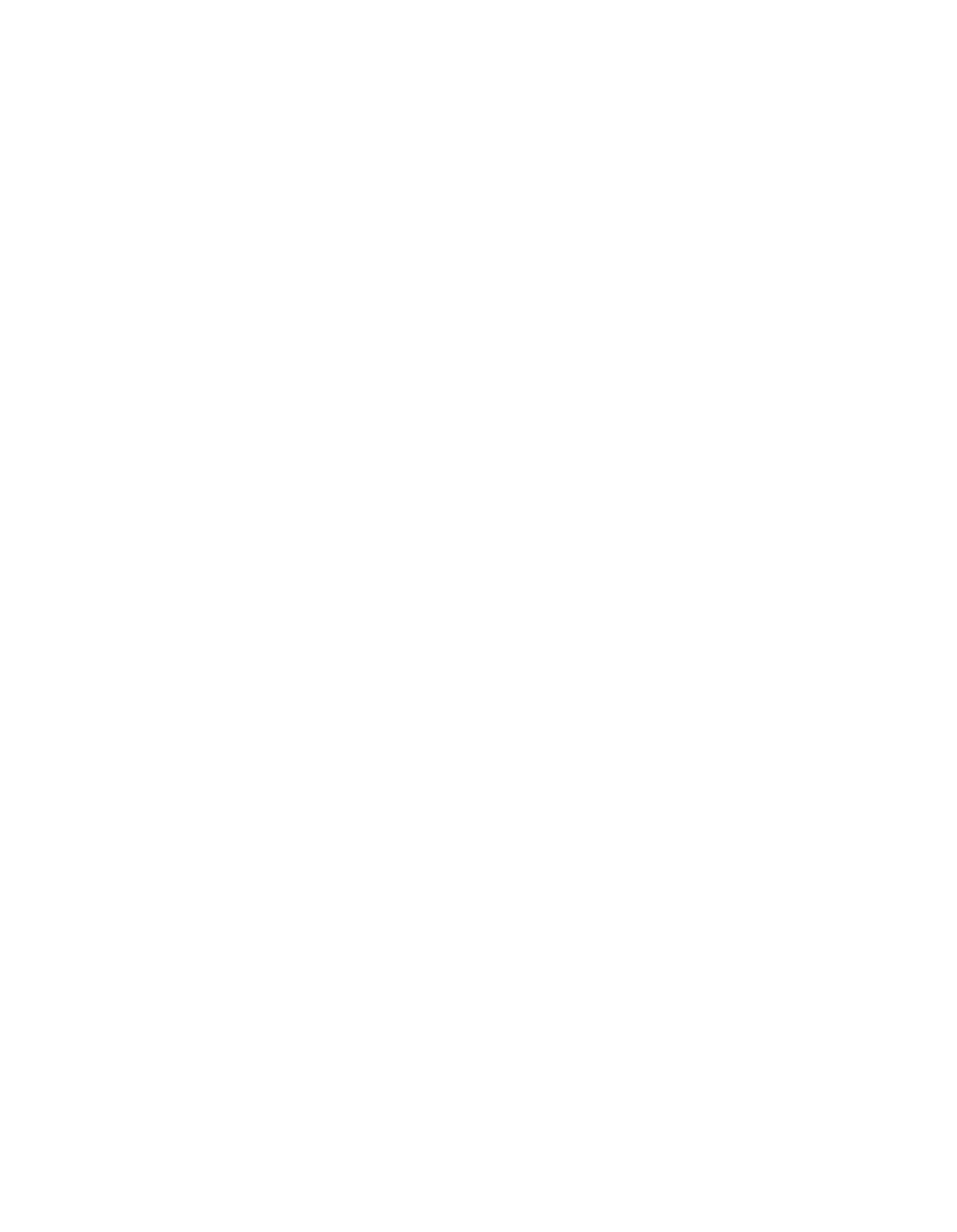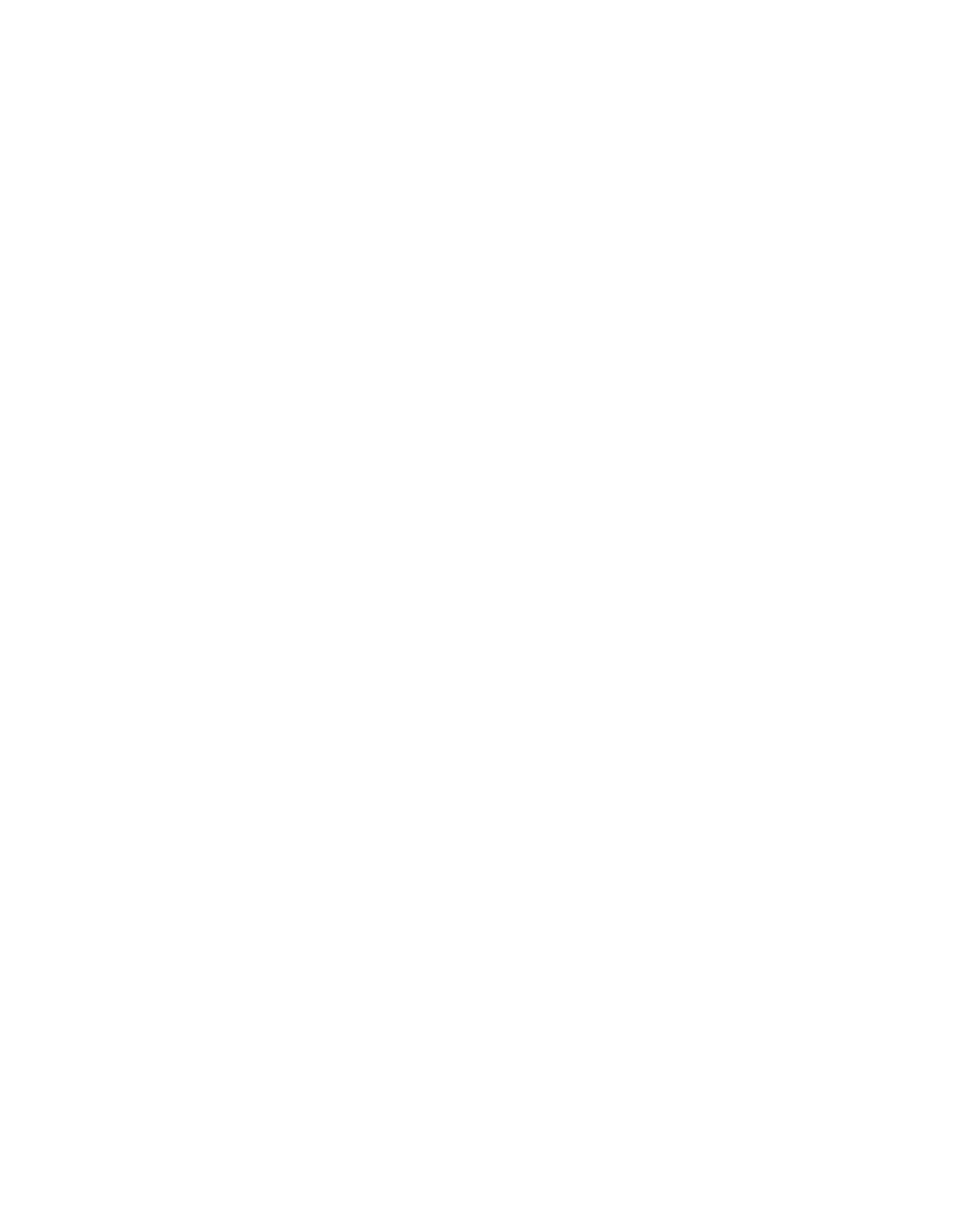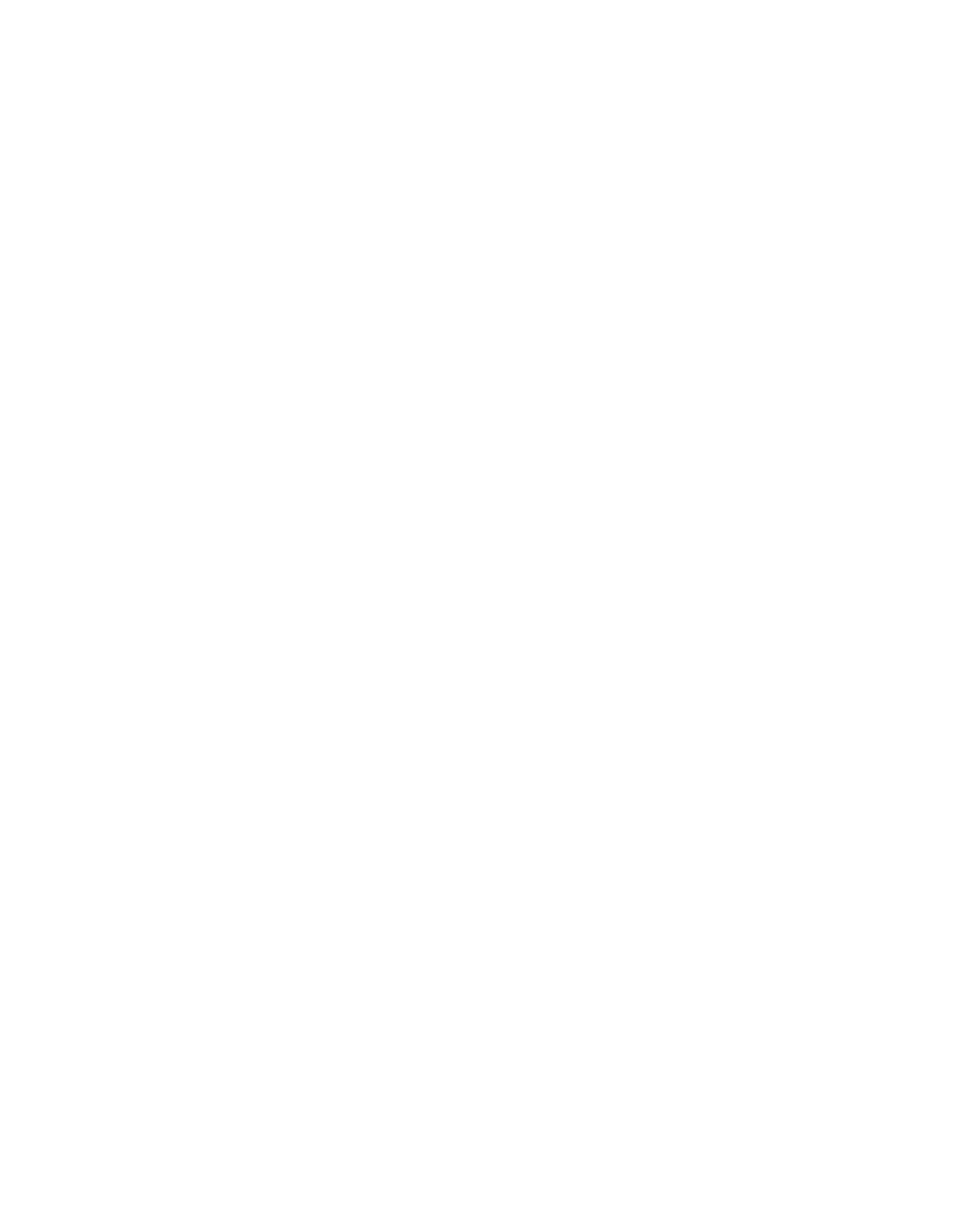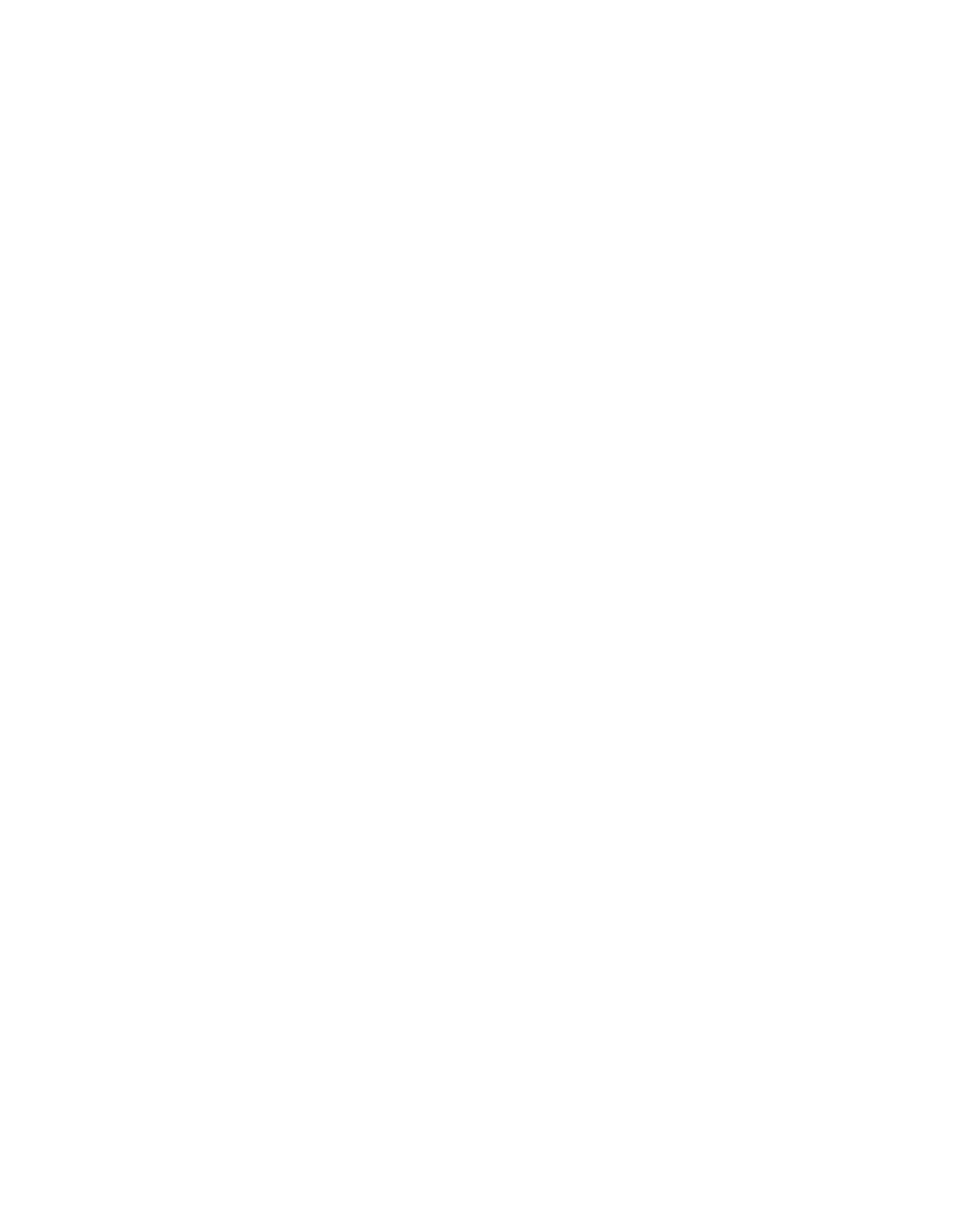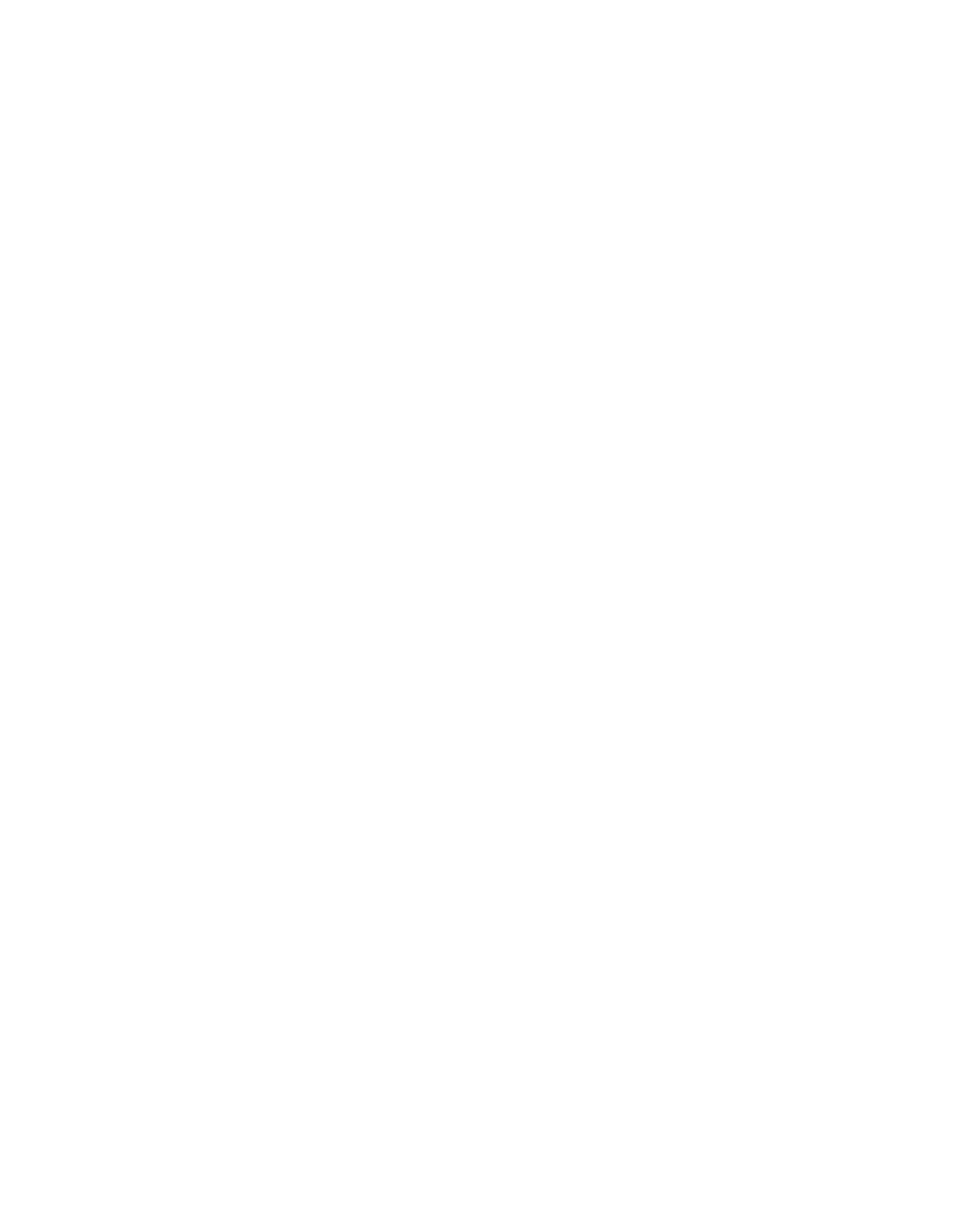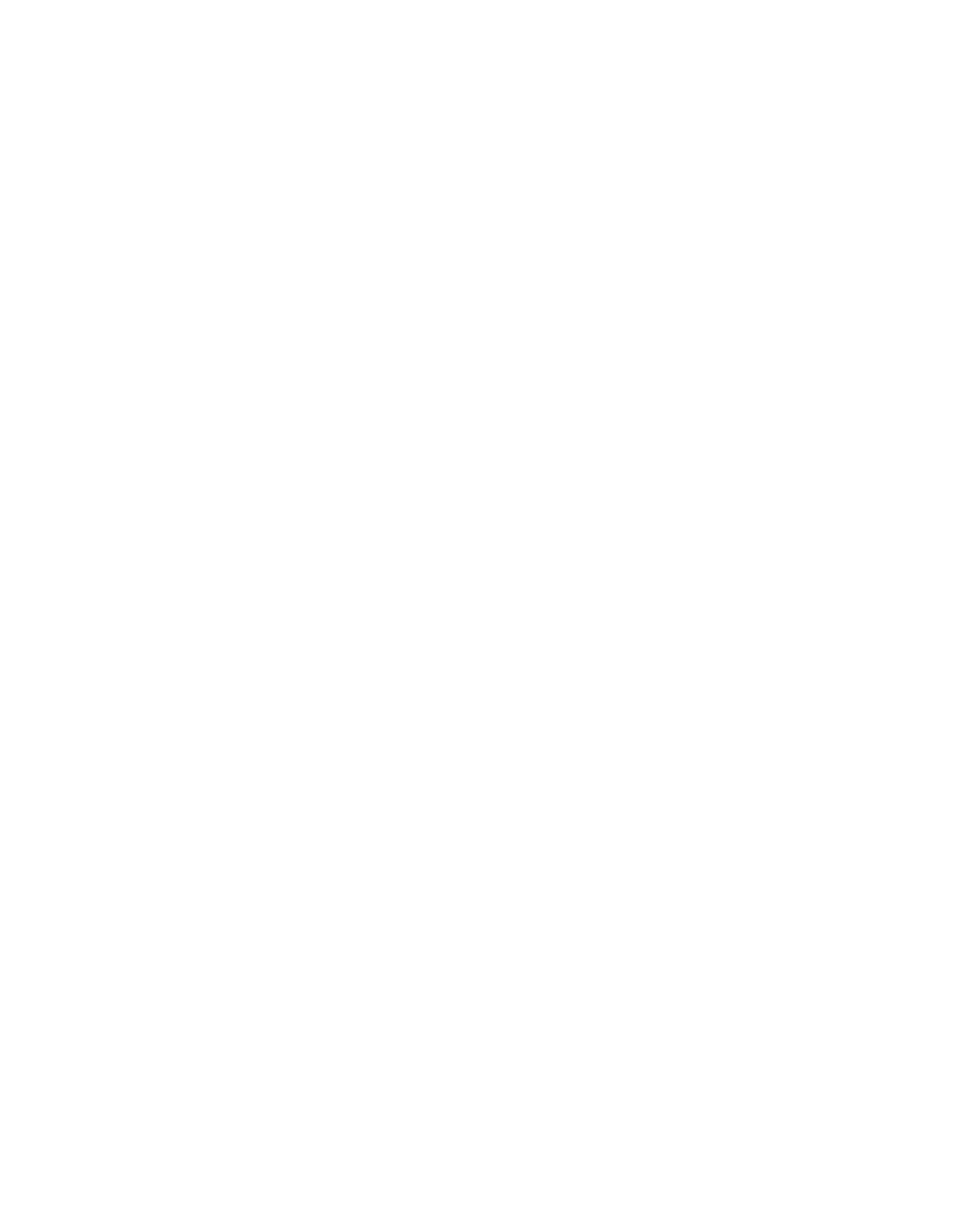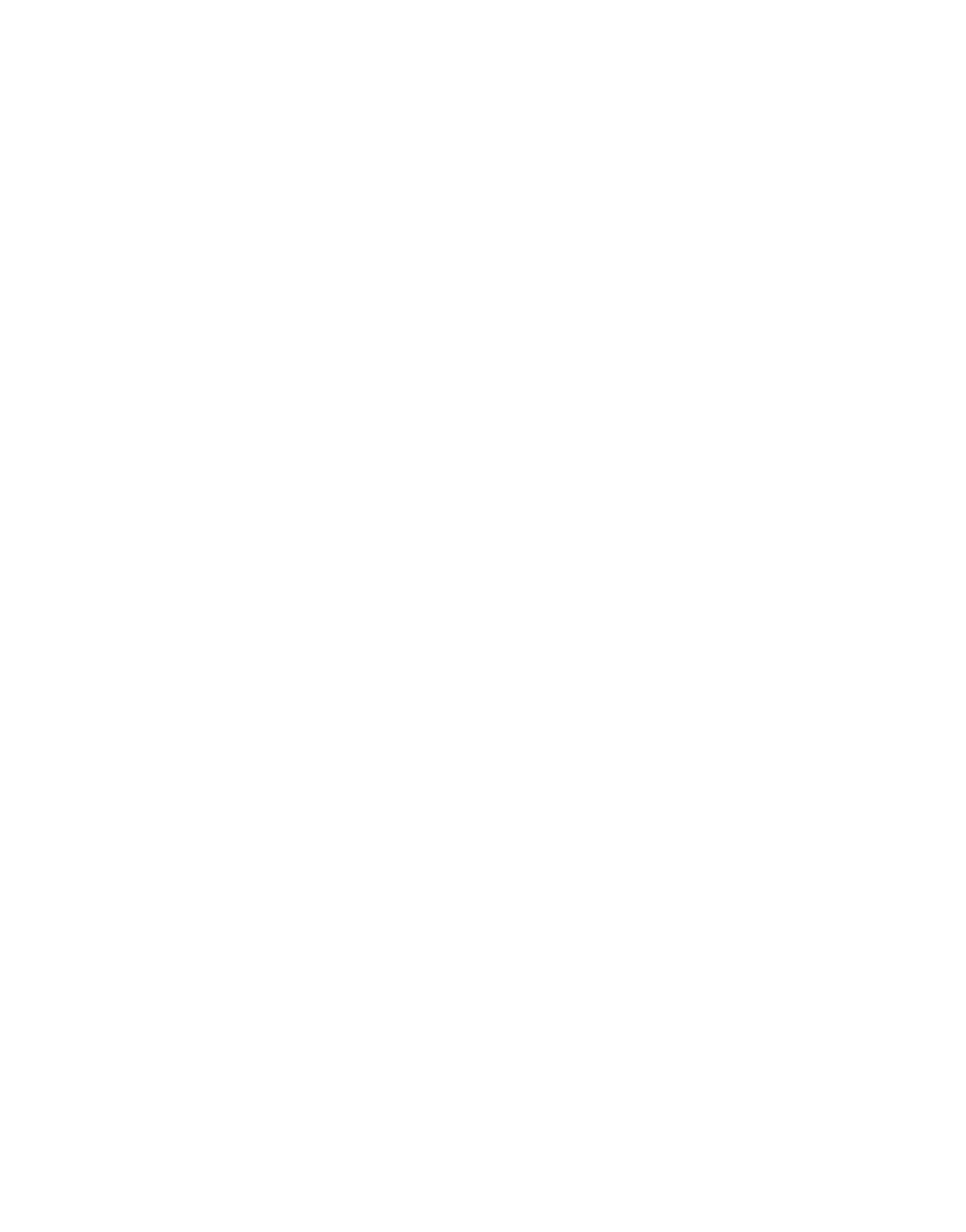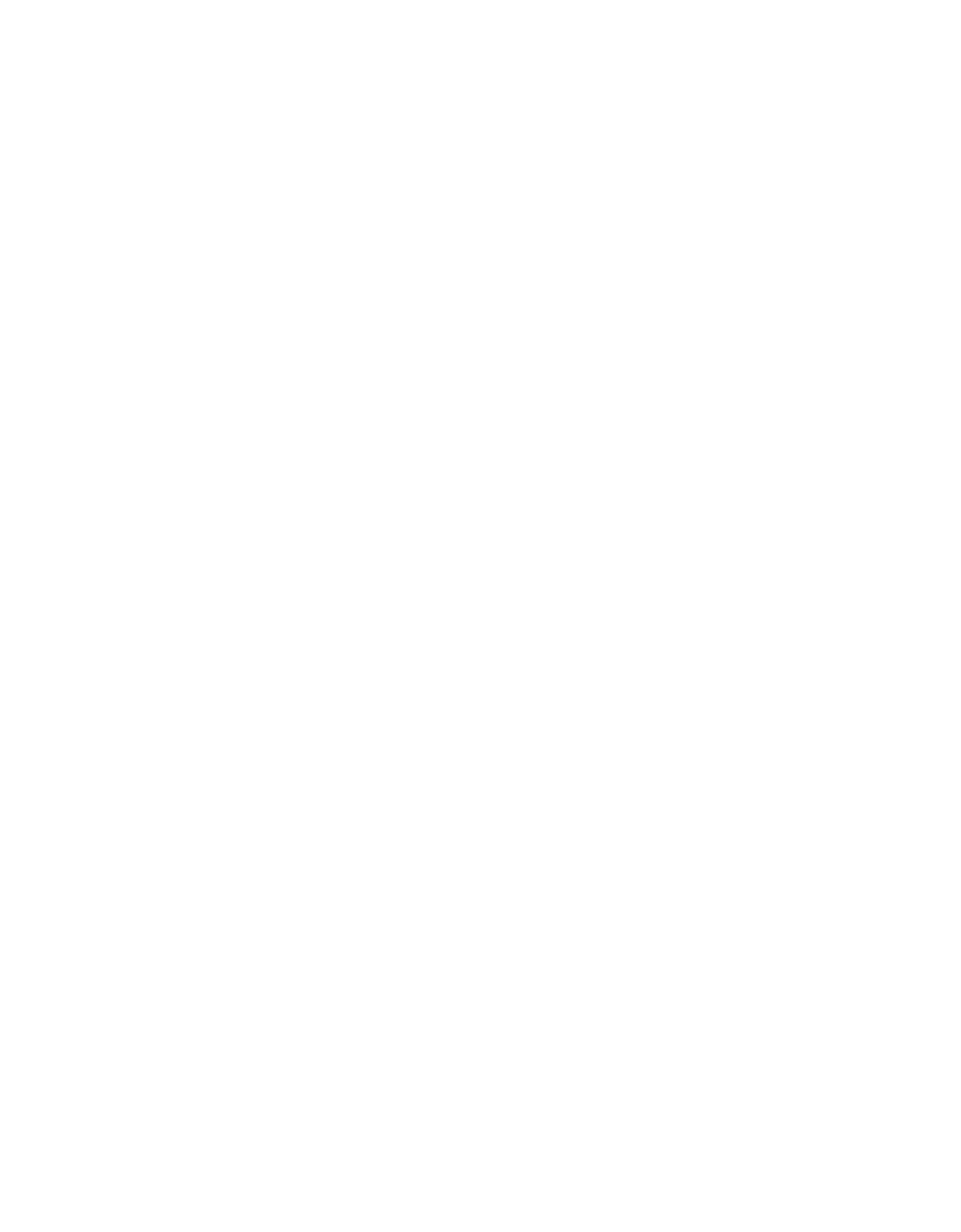ILLINOIS POLLUTION CONTROL BOARD
January
4,
1979
IN THE
MATTER
OF:
AMENDMENTS TO THE
)
R76-1
WATER POLLUTION REGULATIONS
PROPOSED ORDER OF THE BOARD
(by Mr. Dumelle):
The following amendments to Chapter
3:
Water Pollution of
the Board’s Rules and Regulations are hereby authorized for pub—
lication and proposed for adoption.
Comment on these proposals
shall be received for 45 days from the date of this Order.
Those
portions of each rule proposed to be deleted are lined out.
New
language
is underlined.
‘32—377
—2—
203
General Standards
The General Standards listed below will protect the State’s
water for aquatic life, agricultural use, primary and secon-
dary contact use, and most industrial uses, and ensure the
aesthetic quality of the State’s aquatic environment.
Ex-
cept as otherwise provided in this Chapter,
all waters of
the State shall meet the following standards:
(a)
Freedom from unnatural sludge or bottom deposits,
floating debris, visible oil, odor,
unnatural plant
or algal growth, unnatural color or turbidity,
or
matter
in concentrations or combinations toxic or
harmful to human, animal,
plant or aquatic life of
other than natural origin.
(b)
pH
(STORET number
-
00400)
shall be within the
range of 6.5 to 9.0 except for natural causes.
(c)
Phosphorus
(STORET number
-
00665):
After Decem-
ber
31,
1983 phosphorus
as P shall not exceed 0.05
mg/l in any reservoir or lake with a surface area
of 20 acres or more,
or
in any stream at the point
where it enters any such reservoir or lake.
For
the purposes of this Rule 203(c)
the term “reser-
voir or lake” shall not include low level pools
constructed
in free flowing streams or any body
of water which is an integral part of an operation
which includes the application of sludge on land.
Point source discharges which comply with Rule 407
of this Chapter shall be in compliance with this
Rule 203(c).
(d)
Dissolved oxygen
(STORET number
-
00300)
shall
not be less than 6.0 mg/i during at least 16 hours
of any 24 hour period, nor less than 5.0 mg/l at
any time.
(e)
Radioactivity:
(1)
Gross beta (STORET number
-
03501) concentra-
tion shall not exceed 100 pico curies per
liter
(pCi/l).
(2)
Concentrations of radium 226
(STORET
number
-
09501)
and strontium 90
(STORET number
-
13501)
3
2—3
78
—3—
shall not exceed
1 and 2 pico curies per liter
respectively.
(f)
The following levels of chemical constituents shall
not be exceeded:
CONSTITUENT
STORET
CONCEN-
NUMBER
TR2~TION
(mg/l)
Ammonia Nitrogen (as N)
00610
1.5
Arsenic
(total)
998 01002
1.0
Barium
(total)
~
01007
5.0
Boron
(total)
~
01022
1.0
Cadmium
(total)
G~9~01027
0.05
Chloride
00940
500.
Chromium (total hexavalent)
01032
0.05
Chromium (total trivalent)
01033
1.0
Copper
(total)
8~4ø01042
0.02
Cyanide
00720
0.025
Fluoride
~O9~Sø00951
1.4
Iron
(total)
01045
—
1.0
Lead
(total)
G~49 01051
0.1
Manganese
(total)
01055
1.0
Mercury
(total)
71900
0.0005
Nickel
(total)
~
01067
1.0
Phenols
32730
0.1
Selenium (total)
~
01147
1.0
Silver
(total)
~
01077
0.005
Sulfate
00945
500.
Total Dissolved Solids
~
70300
1000.
Zinc
G~9Ø 01092
1.0
32—379
—4—
(g)
Based on
a minimum of five samples taken over not
more than a 30-day period,
fecal coliforms
(STORET
number
—
31616)
shall not exceed a geometric mean
of 200 per 100 ml. nor shall more than 10
of the
samples during any 30-day period, exceed 400 per
100 ml.
(h)
Any substance toxic
to aquatic life shall not exceed
1/10th of the 96-hour median tolerance limit
(96—hr.
TLm)
for native fish or essential fish food organisms
except for U.S.E.P.A. registered pesticides approved
for aquatic application and applied pursuant to the
following conditions:
(i)
Application shall be made in strict accordance
with label directions;
(ii)
Applicator shall be properly certified under the
provisions of the Federal Insecticide, Fungicide,
and Rodenticide Act,
7 U.S.C. 135 et seq.
(1972);
(iii)
Applications of aquatic pesticides must be in
accordance with the laws, regulations and guide-
lines of all state and federal agencies authorized
by law to regulate,
use, or supervise pesticide
applications, among which are included the
Illinois Department of Conservation pursuant to
Ill.
Rev.
Stat.
Ch.
56 §~1.1—250
(1976); the
Illinois Department of Agriculture and the
Illinois Department of Public Health pursuant to
Ill.
Rev.
Stat.
Oh.
5 §~256—267
(1976)
;
and
the Illinois Natural History Survey pursuant
to
Ill. Rev.
Stat.
Ch.
127 §~58.14
(1976)
(iv)
No aquatic pesticide shall be applied to waters
affecting public or food processing water sup-
plies unless
a permit to apply the pesticide has
been obtained from the Illinois Environmental
Protection Agency.
All permits shall be issued
so as not to cause a violation of the Act or of
any of the Board’s rules or regulations.
To
aid applicators
in determining their responsibili-
ties under this subsection,
a list of waters affec-
ting public water supplies will be published and
maintained by the Agency’s Division of Public
32—380
—5—
Water Supplies.
(i)
Temperature
STORET
number (F°) 00011 and (C°) 00010):
(1)
There shall be no abnormal temperature changes
that may adversely affect aquatic life unless
caused by natural conditions.
(2)
The normal daily and seasonal temperature fluc-
tuations that existed before the addition of
heat due to other than natural causes shall be
maintained.
(3)
The maximum temperature rise above natural
temperatures shall not exceed 5°F.
(4)
In addition, the water temperature at represen-
tative locations
in the main river shall not ex-
ceed the maximum limits in the following table
during more than one percent of the hours in the
12-month period ending with any month.
Moreover,
at no time shall the water temperature at such
locations exceed the maximum limits in the
following table by more than 3°F+w~h-~espee~
~
~
32—381
JAN.
FEB.
MAR.
APR.
MAY
JUN.
JUL.
AUG.
SEPT.
OCT.
NOV.
DEC.
Mississippi
River
(Wisc.
Border to
45°
45°
57°
68°
78°
85°
86°
86°
85°
75°
65°
52°
Iowa Border)
(°F)
Mississippi
River
(Iowa
Border to
45°
45°
57°
68°
78°
86°
88°
88°
86°
75°
65°
52°
Alton Lock
and Dam) (°F)
Mississippi
River
(So.
of
Alton
50°
50°
60°
70°
80°
87°
890
890
87°
78°
70°
57°
Lock
& Dam)
(°F)
Ohio River
500
50°
60°
70°
80°
87°
89°
89°
87°
78°
70°
57°
(°F)
Wabash River
& its inter—
50°
500
60°
70°
80°
90°
900
90°
90°
78°
70°
57°
state tribu-
taries
(°F)
~ewe~—BeeP~a~es
~
s—ee~ei~ee
8~’~ 9~
9~
9O~ 9~
9O~
~
w~-the-Ka~ka-
kee-R~ve~-*~F~
Other Waters
60°
60°
60°
90°
90°
90°
90°
90°
90°
90°
90°
60°
(°F)
—7—
Main river temperatures are temperatures of those por-
tions of the river essentially similar to and following
the same thermal regime as the temperatures of the main
flow of the river.
(5)
The owner or operator of a source of heated
effluent which discharges
0.5 billion British
thermal units per hour or more shall demon-
strate in a hearing before this Board not less
than
5 nor more than
6 years after the effec-
tive date of these regulations or,
in the case
of new sources,
after the commencement of oper-
ation, that discharges
from that source have
not caused and cannot be reasonably expected to
cause significant ecological damage to the
receiving waters.
If such proof is not made to
to satisfaction of the Board appropriate correc-
tive measures shall be ordered to be taken within
a reasonable time as determined by the Board.
(6)
Permits for heated effluent discharges,
whether
issued by the Board or the Environmental Protec-
tion Agency,
shall be subject to revision in the
event that reasonable future development creates
a need for reallocation of the assimilative capa-
city of the receiving stream as defined in the
regulation above.
(7)
The owner or operator of a source of heated
effluent shall maintain such records and con-
duct such studies of the effluents from such
sources and of their effects as may be required
by the Environmental Protection Agency or in
any permit granted under the Environmental Pro-
tection Act.
(8)
Appropriate corrective measures will be required
if, upon complaint filed in accordance with Board
rules,
it is found at any time that any heated
effluent causes significant ecological damage
to
the receiving stream.
+9*
~
~
the-~ewe~
~
-B~4~e
~e-9-eefl~e~ee
-wh-~e-Kk&tee-Rer-s~a~
32—383
—8—
(9)-HQ3-
All effluents to an artifical cooling lake must
comply with the applicable provisions of the
thermal water quality standards as set forth in
Rule 203(i),
except when all of the following
requirements are met:
(aa)
All discharges from the artificial cooling
lake
to
other waters of the State comply
with the applicable provisions of Rule 203
(1) (1—4)
(bb)
The heated effluent discharged
to the arti-
ficial cooling lake complies with all other
applicable provisions of this Chapter, ex-
cept Rule 203(i) (1—4)
(cc) At an adjudicative hearing the discharger
shall satisfactorily demonstrate to the
Board that the artificial cooling lake
receiving the heated effluent will be envir-
onmentally acceptable, and within the intent
of the Act,
including, but not limited to:
(1)
provision of conditions capable of
supporting shellfish,
fish,
and wild-
life, and recreational uses consistent
with good management practices, and
(2)
control of the thermal component of
the discharger’s effluent by a tech-
nologically feasible and economically
reasonable method.
(dd)
The required showing in Rule 203(i) (10) (cc)
may take the form of an acceptable final
environmental impact statement or pertinent
provisions
of environmental assessments
used
in the preparation of the final environ-
mental impact statement,
or
may
take the form
of a showing pursuant to §316(a)
of the FWPCA,
which addresses the requirements
of Rule 203
(i) (10) (cc).
(ee)
If an adequate showing as provided in Rule
3 2—384
—9—
203(i) (10) (cc)
is found,
the Board shall
promulgate specific thermal standards
to be
applied to the discharge to that artificial
cooling lake.
(10)*~~-
Exceptions
to
Rule
203(i)
(aa)
Lake
Clinton:
The thermal discharge
to Lake Clinton shall
meet
the
following standards and conditions:
(1)
The effluent temperature shall not ex-
ceed 96°F.
(2)
All conditions adopted by Board Order
in PCB 75—31
(July 31,
1975).
(bb) Lake Sangchris
The thermal discharge to Lake Sangchris shall
meet the following standards and conditions:
(1)
The effluent temperature shall not ex-
ceed 99°Fduring more than seven
(7) per-
cent of the hours
in the 12-month period
ending with any month and shall
at no
time
exceed
111°F.
203.1
Exceptions to Rule 203
(a)
The fluoride standard of Rule 203(f)
shall not apply to
waters
of
the
State
which:
(1)
receive effluent from the mines and mills of the
fluorspar mining and concentrating industry, and
(2)
have been designated by the Illinois State Water
Survey as streams which once
in ten years have an
average minimum seven day low flow of zero.
Such waters shall meet the following standard with
regard to fluoride:
32—385
—10—
Constituent
STORET Number
Concentration
(Mg/l)
Fluoride
00950
5
(b)
The boron limitation
in Rule 203(f)
shall be inappli-
cable
in the unnamed tributary of Wood River Creek
which enters Wood River Creek 4700 feet above the
confluence of Wood River Creek with the Mississippi
River from a point
450 feet above the confluence of
the unnamed tributary and Wood River Creek to said
confluence, and in Wood River Creek from said con-
fluence to the confluence of Wood River Creek and
the Mississippi River, and
in lieu of the limitation
in Rule 203(f), the boron limitation shall be
15 mg/l
in the aforesaid waterways.
204
Public and Food Processing Water Supply
In addition to the General Standards, waters designated in
Part III of this Chapter for public and food processing
water supply shall meet the following standards at any point
at which water is withdrawn for treatment and distribution
as a potable supply or for food processing except that such
standards, including the General Standards may be exceeded
if such occurrence results from the application of an algi—
cide
in accordance with the terms of an Algicide Permit
issued by the Agency under Chapter VI, Rule 203 and 204(d)
of these Rules and Regulations.
(a)
Water shall be of such quality that with treatment
consisting of coagulation,
sedimentation,
filtration,
storage and chlorination, or other equivalent treat-
ment processes,
the treated water shall meet in all
respects the requirements of Table
I, Rule 304, of
Chapter
6 of these Rules and Regulations.
(b)
The following levels of chemical constituents
shall
not be exceeded:
32—386
—11—
Arsenic
(total)
Barium
(total)
Cadmium
(total)
Chloride
Chromium
Foam
Iron
(total)
Lead
(total)
Manganese
(total)
Nitrate-Nitrogen
N~e-N~e~e~
Oil
(hexane—solubles or
equivalent)
Organic s
?aoft-Ae~aè~e
~
~e~m
B~ae~-*eeBffl~-~
Pesticides
Chlorinated
Hydrocarbon
Insecticides
Aldrin
Chlordane
Dieldrin
Endrin
Heptachlor
HeptachlOr
Epoxide
Lindane
Methoxychlor
Toxaphene
ea~epheBpha~e
-~see~4e~dee
Chlorophenoxy Herbicides
2,4-Dichlorophenoxy-
acetic
acid
(2,4—D)
2
,
4, 5-Trichlorophenoxy-
propionic
acid
(2,4,5-
TP
or
Silvex)
Phenols
Selenium
(total)
Sulphate
5
Total Dissolved Solids
00940
01034
38~G
01045
01051 Q~49
01055
00620
00550
,
00556,or
00560
39330
39350
39370
39380
39390
39410
39420
39782
39480
39400
39760
32730
00945
70300
~øS~S
43~I 0.05
1.0
0.010
250.
0.05
~
1.0
0.05
~
0.15
10.
0.1
0.001
0.003
0.05
0.001
0.000~
2
0.0001
-~
0.0001
0.00~
4
0.1
0.005
0.01
0. 001
0.01
250.
500.
CONSTITUENT
STORET
CONCEN-
NUMBER
TRATION
(mg/i)
01002
01007
01027
DDT
39730
0.1
01147
32—38 7
—12—
(c)
Other contaminants that will not be adequately
reduced by
the
treatment
processes
noted
in
para-
graph
(a)
of this Rule shall not be present in
concentrations hazardous to human health.
206
Lake Michigan
The Waters of Lake Michigan shall meet the following stan-
dards
in addition to the General and Public and Food
processing Water Supply Standards:
(a)
Dissolved oxygen
(STORET number
-
00300)
shall not be
less than 90
of saturation except due to natural
causes.
(b)
pH (STORET number
-
00400)
shall be within the range
of 7.0
to 9.0 except for natural causes.
(c)
The following levels of chemical constituents
shall
not be exceeded:
CONSTITUENT
STORET
CONCEN-
NUMBER
TRATION
(mg/l)
Ammonia Nitrogen
Chloride
Sulfate
Phosphorus
(as
P)
Total Solids (Dissolved)
Cyanide
(total)
00610
00940
00945
00665
øøS~ 70300
00720
—_____
0.02
12
.
0
24.0
0.007
180.0
0.025 mg/i
(d)
Based
on
a
minimum
of
five
samples
taken
over
not
more
than a 30-day period,
fecal coliforms
(STORET number
—
31616)
shall
not
exceed
a
geometric
mean
of
20
per
100
ml.
(e)
Temperature
STORET
numbers
—
(°F) 00011 and (°C) 00010):
(1)
(A)
All
sources of heated effluents in existence
as of January
1,
1971 shall meet the follow-
32—388
—13—
ing restrictions outside of a mixing zone
which
shall be no greater than
a circle with
a radius of 1000 feet or an equal fixed area
of simple form.
(i)
There
shall be no abnormal temperature
changes that may affect aquatic life.
(ii)
The normal daily and seasonal tempera-
ture fluctuations that existed before
the addition of heat shall
be maintained.
(iii)
The maximum temperature rise at any time
above natural temperatures
shall not ex-
ceed 3°F.
In addition, the water temper-
ature shall not exceed the maximum limits
(°F) indicated
in the following table:
JAN.
45
JUL.
80
FEB.
45
AUG.
80
MAR.
45
SEPT.
80
APR.
55
OCT.
65
MAY
60
NOV.
60
JUN.
70
DEC.
50
(B)
The owner or operator of a source of heated
effluent which discharges
0.5 billion British
Thermal Units per hour
(BTU/HR.)
or more
shall demonstrate in a hearing before this
Board not less than five nor more than six
years after the adoption of this regulation,
that discharges from that source have not
caused
and
cannot
be
reasonably
expected
in
future
to
cause
significant
ecological
damage
to the Lake.
If
such proof
is not made to the
satisfaction of the Board, backfitting of
alternative cooling devices shall be accom-
plished within a reasonable time as determined
by the Board.
(C)
The owner or operator of a source of heated
effluent shall maintain such records and
conduct such studies of the effluents from
such
source
and
of
their
effects
as
may
be
required by the Environmental Protection
32—389
—14—
Agency or in any permit granted under the
Environmental Protection Act.
(D)
Backfitting of alternative cooling facilities
will be required if, upon complaint filed in
accordance with Board rules,
it is found at
any time that any heated effluent causes sig-
nificant ecological damage to the lake.
(2)
Any effluent source under construction as of Jan-
uary
1,
1971, but not in operation,
shall meet all
the requirements of Section 1 of this regulation
and
in addition shall meet the following restric-
tions:
(A)
Neither the bottom,
the shore,
the hypo-
limnion, nor the thermocline shall
be
affected by any heated effluent.
(B)
No heated effluent shall affect spawning
grounds or fish migration routes.
(C)
Discharge structures shall
be so designed
as to maximize short—term mixing and thus to
reduce the area significantly raised in
temperature.
(D)
No discharge shall exceed ambient temperatures
by more than 20°F.
(E)
Heated effluents from more than one source
shall not interact.
(F)
All reasonable
steps shall
be taken to reduce
the number of organisms drawn into or against
the intakes.
(G)
Cleaning of condensers shall be accomplished
by mechanical devices.
If chemicals must be
used to supplement mechanical devices, the
concentration at the point of discharge shall
not exceed the 96—hour
TLm
for fresh water
organisms.
(3)
(A)
No source of heated effluent which was not
32—390
—15—
in operation or under construction as of
January
1,
1971 shall discharge more than
a
daily average of
0.1 billion BTU/HR.
(B)
Sources of heated effluents which discharge
less than a daily average of 0.1 billion
BTU/Hr. not in operation or under construction
as of January
1, 1971 shall meet all require-
ments of Sections
1 and 2 of this regulation.
302
Secondary Contact and Indigenous Aquatic Life Waters
Secondary Contact and Indigenous Aquatic Life Waters are
those waters not suited for general use activities but
which will be appropriate for all secondary contact uses
and which will be capable of supporting an indigenous
aquatic life limited only by the physical configuration of
the body of water, characteristics and origin of the water
and the presence of contaminants in amounts that do not
exceed the app~ea~eRule 205 water quality standards.
The following are designated as Secondary Contact and
Indigenous Aquatic Life Waters:
(a)
The Chicago Sanitary and Ship Canal;
(b)
The Calumet
-
Sag Channel;
(c)
The Little Calumet River from its junction with the
Grand Calumet River to the Calumet
-
Sag Channel;
(d)
The Grand Calumet River;
(e)
The Calumet River
(f)
Lake Calumet;
(g)
The South Branch of the Chicago River;
(h)
The North Branch of the Chicago River from its con-
fluence with the North Shore Channel
to its confluence
with the South Branch;
(i)
The DesPlaines River from its confluence with the
Chicago Sanitary and Ship Canal to the interstate
55
bridge; and
32—39 1
—16—
(j)
The North Shore Channel, except that dissolved oxygen
in said Channel shall be not less than
5 mg/i during
16 hours of any 24 hours period, nor less than
4 mg/i
at any time.
+k~- ~
eei~e~e~
~
eoam~a~
0
Additions
or
deletions
to
the
above
list
are
governed
by
Part
II of Chapter 1:
Procedural
Rules.
404
Deoxygenating Wastes
Except as provided
in Rule
602 of this Chapter, all effluents
containing deoxygenating wastes shall meet the following
standards:
(a)
On and after July
1,
1972,
or such earlier date as may
have
been
specified
in
Rules
and Regulations SWB-7
through
SWB-15,
no
effluent
shall
exceed
30
mg/I
of
five
day biochemical oxygen demand
(BOD5)
(STORET number 00310)
or 3~30 mg/i of suspended solids
(STORET number 00530),
except as follows:
*~3-
~
Re—oha-eemp~y-wh-~-pafag~aph-*a*-~y
4~- ~
~
(b)
On and after July
1,
1972,
or such earlier date as may
have
been
specified
in
Rules
and Regulations SWB-7
through SWB—l5, no effluent from any source whose
untreated
waste
load
is
10,000
populations
equivalents
or more, or from any source discharging into the Chicago
River System or into the Calumet River System, shall
exceed 20 mg/l of BOD5 or
25
mg/i of suspended solids.
e~eep~—as—fo~ewo~
~4)- ~
~
32—392
—17—
Beeem~e~-7-9~3t-a~
*~)-
~
em-~s-eei~f
~e~ee-w
~-~e-eh4ea~o
-Sa~’~a~y
~
(c)
On or after December
31,
1973, no effluent whose dilu-
tion ratio is less than five to one
shall exceed
10
mg/l
of
BOD5
or
12
mg/i
of
suspended
solids,
except
as
follows:
+~3-
~
~
~
*~*
So~eeo—whese— ~
—3~a
e—±o—~we—~e—efte
—o~—mo~e
~
(i)4~~
Sources
employing
third-stage
treatment
lagoons
shall
be
exempt
from
this
paragraph
(c)
provided
all
of
the
following
conditions
are
met:
(A)
The untreated waste load is less than 2500
population equivalents; and
(B)
The source
is
sufficiently isolated that
combining with other sources to aggregate
2500 population equivalents or more
is not
practicable;
and
(C)
The lagoons are properly constructed, main-
tained,
and operated;
and
(D)
The deoxygenating constituents of the
effluent 4oeo do not, alone or
in combination
with other sources, cause a violation of the
applicable dissolved oxygen water quality
standard s~art~afês.
(d)
On or after December 31,
1974,
no effluent discharged
to the Lake Michigan basin shall exceed
4 mg/l of BOD5
32—393
—18—
or
5 mg/l of suspended solids.
*e3-
Be~e~e~
(e)4?~- Except as provided in paragraphs
(d)
ai~—*e)-of this
Rule 404,
on or after December 31,
1973,
no effluent
whose dilution ratio is less than one to one shall
exceed
4 mg/i of BOD5 or
5 mg/i of suspended solids
except as
follows:
(i)
Sources employing third-stage treatment lagoons
shall be exempt from this paragraph *~-~e),provided
all of the conditions of subparagraph
(c)(i)-f4~*
of this Rule 404 are met.
(ii)
Other sources not within paragraphs
(d)
a~d-+e3-
of this Rule 404 shall be exempt from this
paragraph
provided
all
the
following
conditions
are met:
(A)
The deoxygenating constituents of the
effluent shall not, alone or
in combination
with
other
sources,
cause
a
violation
of
a~ythe applicable dissolved oxygen water
qualT?~ standard;
and
-fB*
~
~
—ea~se—4~sse~e~
e~yge~-4~-the -wa~e~s
~
~
be~ew-the-~eve~s-
se~-by-~e-app~
~eab~e-Wa~e~
(13)*e).
The effluent shall not exceed 10 mg/i of BOD5
or
12
mg/l
of
suspended
solids;
and
(C)*B)-
The owner or operator of such source shall
file with the Agency the Project Completion
Schedule required by Rule 1002 of this
Chapter.
In addition to the requirements
of Rule
1002,
such schedule
shall include
a
program for
achieving
compliance
with
the
above
conditions
and
with
applicable
water
quality standards,
including,
but not limited
to,
dissolved
oxygen,
bottom
deposits,
ammonia
nitrogen,
and
phosphorus,
with
particular
reference
to nitrogenous oxygen demand and
to
32—394
—19—
the control of stormwater overflows;
and
(D)fB3-
The Agency finds that the program will within
the compliance dates otherwise applicable
assure compliance with the conditions of this
subparagraph.
+~+
~
-any
~
~
-Ru~es-a~-Re~ea~4ei~s
~
s~a~a~s
~
s~a~8a~4-o#
Re~e-4~
~
-f
a3--e~
4
~-Beeem~e~-3
~ 7-
~9~4
(f)*~- Compliance with the numerical standards in this Rule
404 shall be determined on the basis of ~4-l~ee~-eompe-
~
a~iy—eei~seee~ve
—~—~ay
~
~
~
the type and frequency of
sampling prescribed by the NPDES permit for the
discharge at the time of monitoring.
407
Phosphorus
(STORET number 00665)
(a)
No effluent discharged within the Lake Michigan Basin
shall contain more than 1.0 mg/l of phosphorus
as P
after December
31,
1971.
(b)
No effluent from any source which discharges within
the Fox River basin above and including Pistakee Lake
and whose untreated waste load
is 1500 or more
population equivalents shall contain more than 1.0 mg/i
of phosphorous as P.
~
Cc)
No effluent from any source which discharges to a lake
—
~
reservoir with
a surface area of 20 acres or more
or to any tributary to such a lake or reservoir and
whose untreated waste load
is 5000 or more
population
equivalents shall contain more than 1.0 mg/l of phos-
~horus as P.
(d)
No effluent from any source which discharges to a lake
—
or reservoir
with a surface area of
20 acres or more
32—395
—20—
which does not comply with Rule 203(c)
of this Chapter
or
to any tributary
to such a
lake or reservoir and whose
untreated waste load is 1500 or more population equiva-
lents and which
is not governed by Rules
404(c) (i)
or
Rule 404(e) (i)
of this Chapter shall
contain more than
1.0 mg/i of phosphorus as
P.
(e)
For the purposes of this Rule 407 the term “lake or
reservoir”
shall
not
include
low
level
pools constructed
in free flowing streams or any body of water which
is
an
integral part of an operation which includes the
application of
sludge on land.
(f)
Compliance with the limitations of this Rule 407(c)
shall be achieved by the following dates:
Ci)
new
sources
shall
comply
on
the
effective
date
of
this
regulation,
and
(ii)
existing
sources
shall
comply
by
December
31,
1980,
or
such
other
date
as
required
byNPDES
permit,
or
as ordered by the Board under Title
VIII or Title
IX of the Act.
(g)
Compliance with the limitations of this Rule
407(d)
‘~halibe achieved by December 31,
1985,
or such other
date as required by NPDES permit,
or as ordered by
the Board under Title VIII or Title
IX of the Act.
408
Additional Contaminants
(a)
The following levels of contaminants
shall not be
exceeded by any effluent:
32—396
—21—
Arsenic
(total)
Barium
(total)
Cadmium
(total)
Chromium (total hexavalent)
Chromium (total trivalent)
Copper
(total)
Cyanide
(total)
Fluoride
(total)
Iron
(total)
Iron
(dissolved)
Lead
(total)
Manganese
(total)
Mercury
(total)
Nickel
(total)
Oils,
fats and
greases
pH
Phenols
Selenium (total)
Silver
Zinc
(total)
Total Suspended Solids
(from sources other than
those covered by Rule
404)
01002
01007
01032
01033
01042
00720
00951
01045
01046
01051
01055
71900
01067
00550,00556,
00560
00400
32730
~
01147
01077
01092
00530
0.3
1.0
1,0
0.
15,0
2.0
0,5
0.1
1.0
0.0005
1.0
15.00**
range 5_lO*
0.3
1.0
0.1
*The pH limitation
is not subject to averaging and must be met at
all times.
CONSTITUENT
STORET
CONCEN-
NUMBER
TRATION
(mg/i)
01027
0.25
2.0
0.15
1.0
15.0
32—397
—22—
**Oil may be analytically separated
into polar and
nonpolar
components.
If
such
separation
is
done,
neither of the
components may exceed
15 mg/i
(i.e.,
15 mg/i polar materials
and
15 mg/i non-polar materials).
Compliance with this
numerical standard shall
be determined on the basis of
24
hour composite samples, averaged over any monthly period;
provided, however,
that no single
24 hour composite shall be
greater than
2 times the numerical standard and no grab
sample shall be greater than
5
times
the
numerical
standard.
***Except for discharges from the Calumet
Treatment
Plant
of
the
Metropolitan Sanitary District of Greater Chicago, which
shall not exceed
0.15
mg/l.
Compliance
with
cyanide
effluent
limitations shall be determined by
24 hour composite samples
averaged over any monthly period;
no single 24-hour composite
sample shall exceed twice the numerical standard and no
instantaneous
(grab) sample
shall exceed five times the
numerical
standard.
32—398
-23-
(b)
Total Dissolved Solids
(STORET Number 9Ø~~70300)
shall not be increased more than 750 mg/i above
background concentration levels unless caused by
recycling or other pollution abatement practices,
and
in no event shall exceed 3500 mg/i at any time;
provided,
however, this Rule shall not apply
to any
effluent discharging to the Mississippi River, which
after mixing as set forth in Rule
201, meets the
applicable water quality standards
for Total
Dissolved Solids.
-fe~-
~
~e-aeh~eve~-èy-the-fe~
~ow-~a’~e
s-~
-f~*
~
f444.
~
*A~- ~
fB~ ~
IT IS SO ORDERED.
Mr.
Young
concurs.
I,
Christan L. Moffett, Clerk of the Illinois Pollution
Control Boa d, hereby certify the
bove Proposed Order was adopted on
the
“~
day of
_________________,
1978 by
a vote of
~
.
Christan L.
Mo
ett
rk
Illinois Pollution Q~rkrolBoard
32—399














